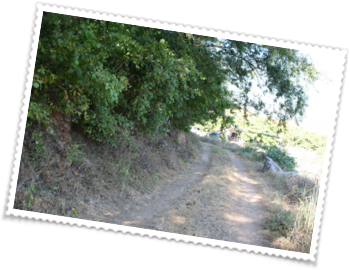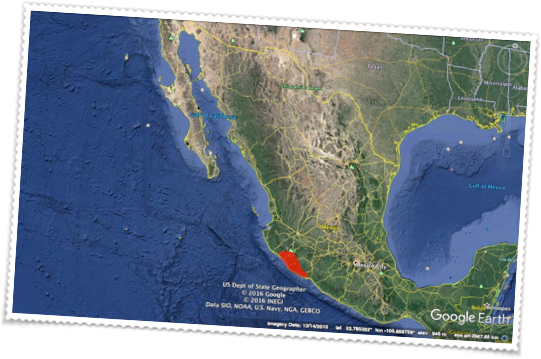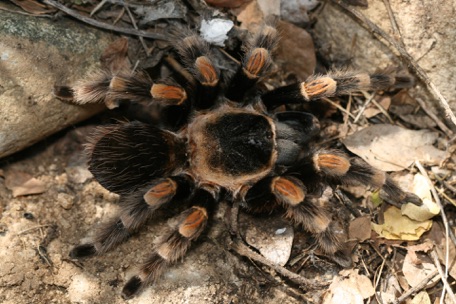Brachypelma hamorii was described in 1997 by Tesmoingt et al. from pettrade material, original collected in Colima, Mexico. Unfortunately the type was lost. In his revision ov the redleg Brachypelma, Jorge Mendoza redescribed the species and deposited a neo type.





Brachypelma hamorii is the form of Mexican red knee tarantula that is found in the European and American hobby under the name B. smithi




B. hamorii is found in the tropical sub-humid forest along the Pacific coast of Colima and Michoacan. During the 5 months in the rain season this region receives 730-1200 mm of rainfall each year (www.worldwildlife.org)
The daytime temperature differs only a view degrees during the year. The mean temperature is 28C during the day and 20C during the night. Due to the construction of the burrow, the temperature inside the burrow is stable all day round.


Climate graph compiled with data from:
Temperature inside and outside of the burrow.

The burrow of Brachypelma hamorii here can be anything from a scrape under a rock to a rodent burrow that is not in use anymore. This species is adaptive and uses whatever can be found.
After the rains have stopped ( normally about October), the adult males come out of their burrow to search for females willing to mate.




Forest has been removed to make space for a cow pasture.
Brachypelma hamorii burrow in a scrape in the rocks.
Rodent burrow now occupied by Brachypelma hamorii.
Deciduous dry forest, Habitat of Brachypelma hamorii.
Brachypelma hamorii adult male.










